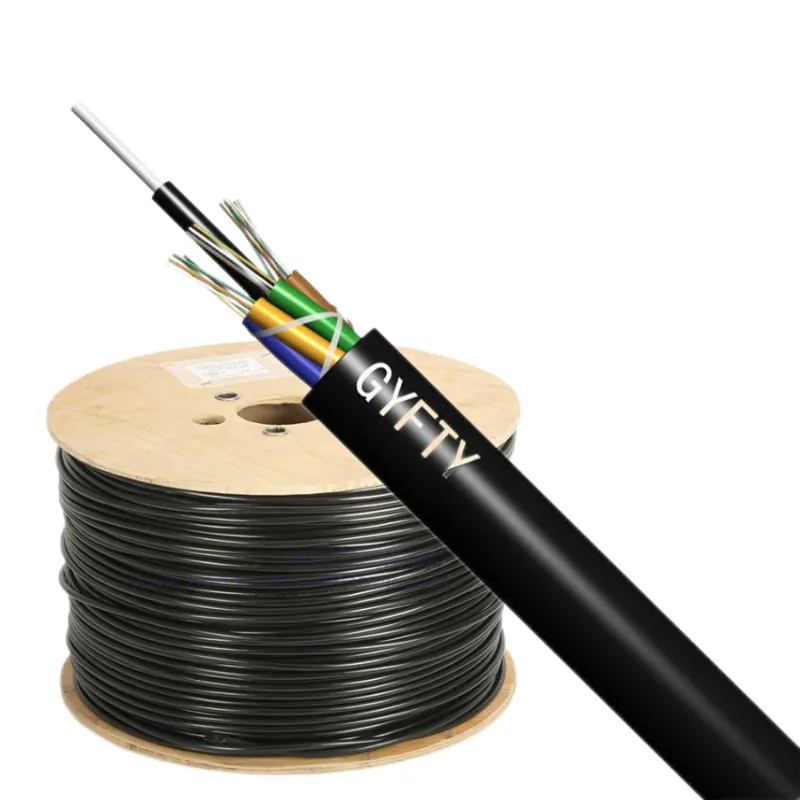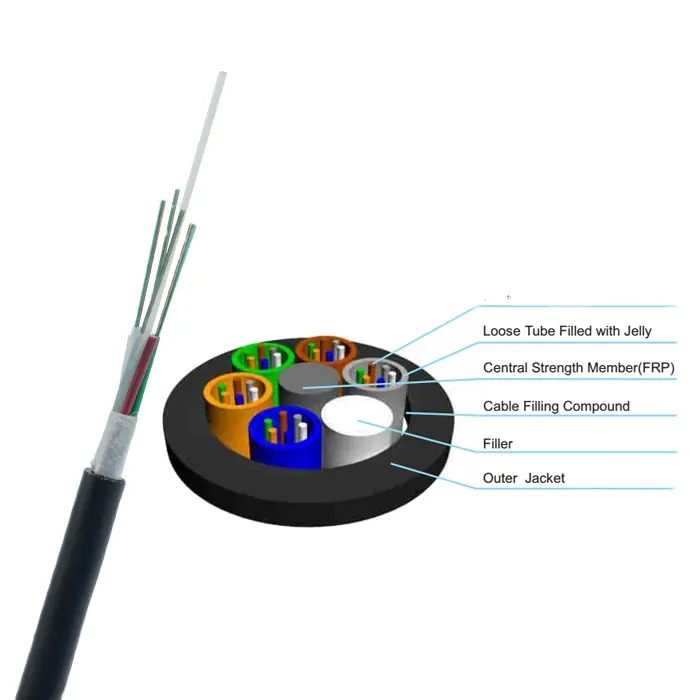The Importance of Proper Communication Cable Setup
In any modern system, the installation of a communication cable plays a vital role in determining overall network performance. A high-quality cable can lose its potential if installed poorly, while a carefully planned and executed installation can maximize the benefits of even an average cable. From commercial networking to home automation, the way a communication cable is laid, connected, and maintained directly influences speed, reliability, and durability. Understanding the factors that impact performance during installation can help ensure that every connection delivers consistent and stable results.
Factors That Affect Communication Cable Performance
Cable Routing and Path Selection
The physical route chosen for a communication cable is one of the most important aspects of installation. Poor routing can lead to excessive bends, unnecessary cable length, and exposure to sources of interference. A well-planned route avoids high-voltage lines, heavy machinery, and areas prone to moisture or heat. For structured cabling systems, path selection ensures optimal data flow and easier future maintenance. Cables routed through protective conduits or cable trays not only maintain signal integrity but also increase the system’s longevity.
Environmental Conditions
The environment in which a communication cable is installed can either protect or degrade its performance. Cables in industrial settings may be exposed to electromagnetic interference (EMI), temperature fluctuations, and vibration. Outdoor installations may face UV radiation, moisture, and extreme temperatures. Choosing cables with proper shielding, insulation, and weather-resistant jackets is essential for long-term performance. Environmental adaptation during installation ensures that the communication cable continues to function efficiently, regardless of external conditions.
Installation Techniques That Improve Performance
Proper Termination and Connector Quality
The termination points of a communication cable are as important as the cable itself. Poorly crimped connectors or low-quality jacks can lead to signal loss, interference, and unstable connections. Using precision tools and compatible connectors ensures that the signal transfer remains efficient from one end to the other. In high-speed networks, termination quality can determine whether the system meets required bandwidth and latency targets.
Cable Management and Organization
A cluttered, tangled setup can cause both performance issues and maintenance difficulties. Organized cable management keeps communication cables separated from power lines, reducing the risk of interference. Neatly labeled cables make troubleshooting faster, reducing downtime during repairs or upgrades. Structured layouts using cable trays, hooks, and Velcro ties also help maintain cable integrity by preventing kinks and bends that could weaken the internal wiring.

Performance Optimization During Installation
Maintaining Proper Bend Radius
Every communication cable has a recommended bend radius, which refers to how much it can be bent without causing damage. Exceeding this radius can break internal conductors or damage insulation, leading to performance degradation. Installers must maintain the correct bend radius when routing cables around corners or through tight spaces. This practice preserves the electrical and optical properties of the cable, ensuring stable and consistent data transmission.
Avoiding Excessive Tension
Pulling a communication cable too tightly during installation can stretch or deform its internal structure. This mechanical stress weakens the cable and may cause permanent performance loss. Professional installers use specialized pulling tools, lubricants for conduit runs, and measured force to prevent unnecessary strain. By avoiding excessive tension, the cable maintains its designed transmission capabilities over its full lifespan.
Common Mistakes in Communication Cable Installation
Mixing Cable Types Without Planning
Not all communication cables are compatible with each other in the same installation. Mixing shielded and unshielded cables without proper grounding can create interference. Likewise, combining different categories of Ethernet cables in a single run may cause performance inconsistencies. Careful planning ensures compatibility and allows the system to perform at its highest potential.
Ignoring Cable Testing After Installation
Skipping post-installation testing can leave undetected problems in the system. Even if a communication cable is installed with care, small defects in connectors, shielding, or routing can impact performance. Testing with specialized tools verifies bandwidth capability, checks for signal loss, and ensures compliance with industry standards before the system goes live.
Long-Term Maintenance for Optimal Performance
Regular Inspection and Monitoring
Over time, environmental changes, accidental damage, or wear and tear can affect communication cable performance. Scheduled inspections help identify early signs of deterioration such as frayed jackets, loose connectors, or corrosion. Monitoring tools can also track data flow and detect drops in transmission quality, prompting timely maintenance.
Upgrading When Necessary
Technology evolves quickly, and even the best-installed communication cable may eventually fall short of new performance demands. Upgrading to higher bandwidth cables or improved shielding can future-proof the system. Proper planning during the initial installation can make future upgrades easier, reducing downtime and cost.
Emerging Trends in Communication Cable Installation
With the growing demand for high-speed connectivity, installation methods for communication cables are also evolving. New practices focus on minimizing latency, enhancing shielding, and integrating cable systems with smart infrastructure. For example, pre-terminated fiber solutions allow for quicker and more precise installations, reducing human error. As more devices become interconnected, installation quality will play an even greater role in maintaining efficient communication systems.
FAQ
What installation mistakes most commonly affect communication cable performance?
Improper routing, poor termination, and ignoring recommended bend radius are common mistakes that reduce performance.
How can I protect a communication cable from environmental damage?
Use cables with appropriate shielding and insulation, and route them through protective conduits or trays in harsh environments.
Is testing communication cables after installation necessary?
Yes, testing ensures that the cable meets required performance standards and identifies any defects before use.
How often should communication cables be inspected?
Regular inspection every one to two years helps detect early issues and maintain long-term performance.
Table of Contents
- The Importance of Proper Communication Cable Setup
- Factors That Affect Communication Cable Performance
- Installation Techniques That Improve Performance
- Performance Optimization During Installation
- Common Mistakes in Communication Cable Installation
- Long-Term Maintenance for Optimal Performance
- Emerging Trends in Communication Cable Installation
- FAQ

